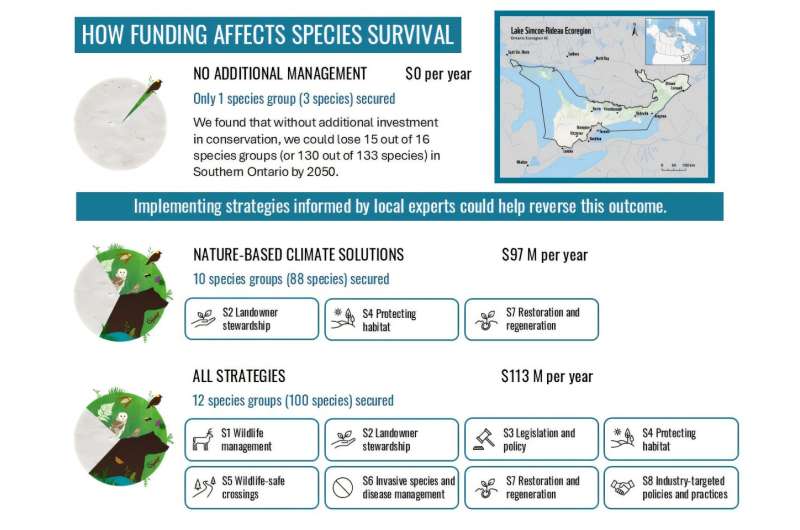Investigators from St. Jude Children’s Research Hospital and the University of Miami Miller School of Medicine have identified shared genetic factors among various motor neuron diseases, including amyotrophic lateral sclerosis (ALS) and hereditary spastic paraplegia (HSP). Published on October 29, 2025, in *Translational Neurodegeneration*, the study reveals previously unknown ultrarare gene variants associated with these diseases. This breakthrough could reshape the understanding of their origins and guide the development of targeted therapies.
Motor neuron diseases are known for their debilitating effects on muscle control and movement. ALS and HSP, while manifesting distinct clinical features, have often been viewed as genetically separate entities. ALS typically begins with weakness in the arms or legs, while HSP primarily affects the legs. Despite these differences, researchers suspected that genetic similarities might exist.
The investigative team utilized a tool named CoCoRV to analyze genetic variations among patients, assessing 222 individuals diagnosed with ALS and 134 with HSP. They discovered a total of 423 unique disease-causing variants. Notably, many genetic modifications associated with HSP were also present in ALS patients without familial histories of motor neuron diseases.
First and co-corresponding author, Dr. Gang Wu, an associate member of the St. Jude Department of Pathology and director of the Center for Applied Bioinformatics, highlighted the significance of these findings. “Variants are often dismissed if they are not contextually relevant,” said Dr. Wu. “But by analyzing a large dataset with multiple related motor neuron disorders, we found that genes associated with HSP could also increase risk for sporadic ALS.”
The study involved typical patients from diverse centers across the United States, Europe, and South Africa, as part of the Clinical Research in ALS and Related Disorders for Therapeutic Development (CReATe) Consortium’s Phenotype-Genotype-Biomarker study. Researchers uncovered a substantial overlap in the burden of ultrarare variants between ALS and HSP. Among these, the canonical HSP gene AP4S1 was identified as significantly enriched in ultrarare variants linked to ALS patients of European ancestry.
Co-corresponding author, Dr. Michael Benatar, from the University of Miami Miller School of Medicine’s Department of Neurology, emphasized the importance of studying related disorders. “The work published today underscores the value of this approach,” he stated, referring to the foundational principle of the CReATe Consortium.
The findings indicate a need for further exploration of motor neuron disease-associated genes in an unbiased manner. An open-minded approach to interpreting genetic mutations could lead to more personalized care for patients suffering from these conditions. Co-author Dr. J. Paul Taylor, Executive Vice President and Scientific Director at St. Jude, expressed optimism regarding future advancements. “This study furthers that cause by showing the overlapping contributions of canonically distinct genes, offering a clear path forward to more accurate diagnosis and care,” he said.
The collaborative research involved contributions from numerous institutions, including the Mayo Clinic, University of Cape Town, and Stanford University School of Medicine, among others. The study received funding from several prestigious organizations, including the National Institutes of Health and the ALS Association.
As understanding of the genetic landscape of motor neuron diseases broadens, these findings could pave the way for innovative treatment strategies, ultimately benefiting patients worldwide. The work of St. Jude Children’s Research Hospital continues to advance the understanding and treatment of catastrophic diseases in children and adults alike.







